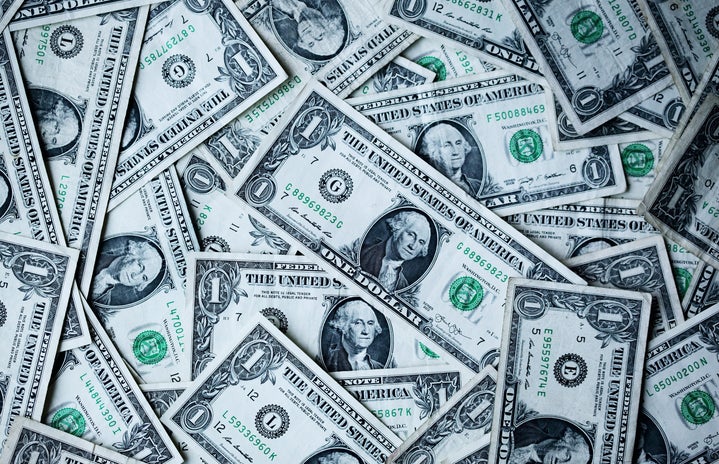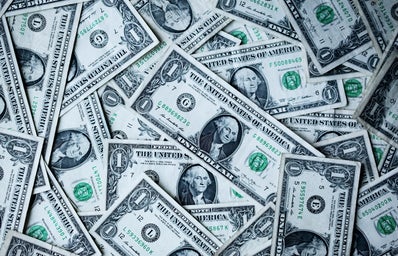Just for being a woman, it is projected that I’ve spent over $25,000 more on goods and services compared to my male counterparts.
Apparently, this is at the fault of the Pink Tax.
The Pink Tax isn’t an actual tax, but it is a phrase used to describe the pricing disparities of male and female goods and services. These products range from toys, personal-care items, apparel, and even health insurance. Basically, anything that uses gender (or the color pink) as a marketing tactic is 42% more likely to charge women more.
The Pink Tax is also often used to refer to the sales tax charged for female sanitary products like tampons and pads. These products are considered “luxury” items and deemed non-essential. Many argue that feminine hygiene products are, in fact, necessities, and thus, should be tax exempt.
At face value, the Pink Tax has understandably caused major outrage among women all over the world. However, the spread of faulty and incomplete logic about the existence of a Pink Tax is inflammatory and misleading.
Where’s the Proof?
Upon looking up the “Pink Tax” on google, you’ll find many sources that provide research to back up their claims. But there’s just one problem; they all use the same source.
From Cradle to Cane: The Cost of Being a Female Consumer is a study of gender pricing done by New York City’s Department of Consumer Affairs in 2015.
After comparing 800 products with clear male and female versions, the study concluded that women pay about 7% more than men for similar products.
The other study you’re highly likely to see cited was done in 1994 in California. This is where I came up with the cost discrepancy of $25,000 earlier. The research stated that women pay approximately $1,351 more for the same services as men.
While the findings are indeed true, there was no reason given as to why women pay more for similar products. The pink tax argument comes with the strong implication that women are unfairly targeted and “forced” to pay more over their lifetimes. This is untrue, and I’ll tell you why.
Why do men’s and women’s prices at similar prices differ?
Product Differentiation
Men and women hold different standards and needs. If they didn’t, there’d be no need to have gender-based products. For example, the most popular items to consider when talking about the “Pink Tax” are personal care items like razors, shampoo, deodorant, etc. However, men and women do not shave the same areas or at the same frequencies, so the products may be similar, but they are not the same. Personal care items and services also include different ingredients to suit the physiology of the specific consumer. Unless a product is exactly the same and used at the same frequency, it isn’t sexist to charge more for one. If there are products that are exactly the same but charge more for the pink version, the consumer has complete discretion to choose the cheaper, standard item.
Marketing
But why would a pink item cost more than the other? The woman dominates the world economy and pink is a marketing tool used to easily attract that specific audience. The purpose of a business is to generate revenue.
Hell, businesses even target women to profit off the collective disdain of the “Pink Tax”. The problem is not over-charging women, it’s the culture of women in relation to the culture of men. The media portrays women to be more concerned with appearance. It is no surprise that, in reality, the female consumer is more likely to spend more on “food, fitness, beauty, and apparel”
And because media shapes consumer values, the pink, “feminine”, higher priced items stay on the shelves and continue to be bought.
Cost of Production
Another reason why some women’s goods and services are more expensive can be explained by the of the costs of production. This includes marketing costs, manufacturing, time consumption, and the supply in relation to demand. Dry cleaning companies justify charging less for men as their clothes are most likely the same in composition. Women’s apparel tends to be more time consuming to press as they come in more variations. And whereas a man’s haircut maybe $15, the woman typically requires more maintenance.
If certain goods or services are priced higher, it’s because there is a demand for them. A product that was too expensive would cause a surplus, and force the business to immediately drop their prices. Products that are truly gender discriminant are upheld by the allowing consumer.
What can we do?
Though women-targeted products are more likely to be up-charged, that does not automatically indicate gender-based discrimination. However, there is a possibility for progress.
In conclusion, the only way to change the system is to get enough of society to stop perpetuating it. Women have incredible purchasing power, and we can completely eradicate the prominence of gender-based pricing disparities. This means refusing to use products that have gender-discriminant pricing, changing spending habits that influence the supply-demand curve, and spreading awareness about the media’s influence on women and their pockets. The “pink tax” isn’t the problem; it’s the fact that we allow the media to tell us what it means to be a woman.
Side note: Though the message is necessary, women’s empowerment is the new “Pink” in women-targeted ads.



